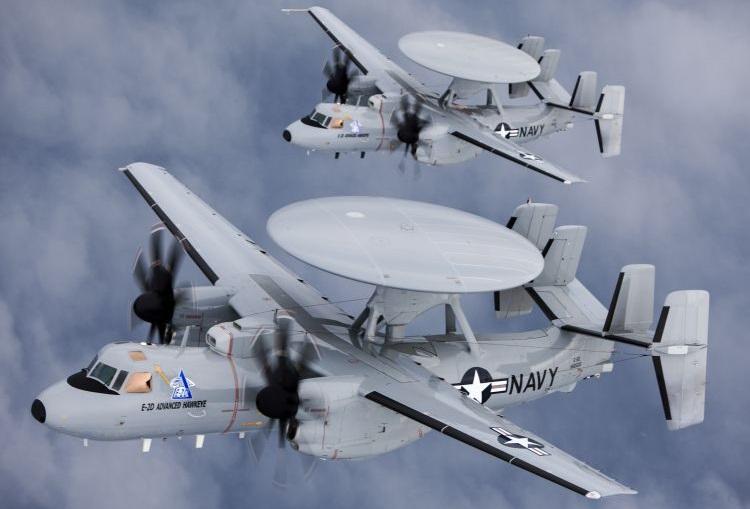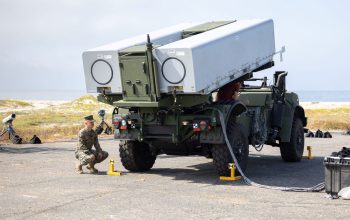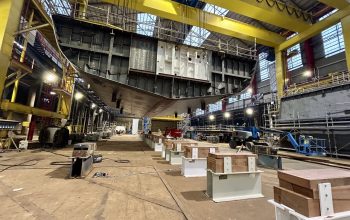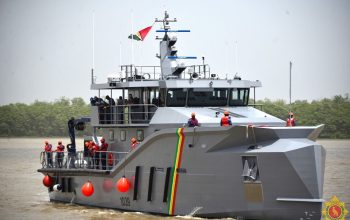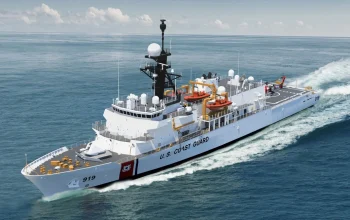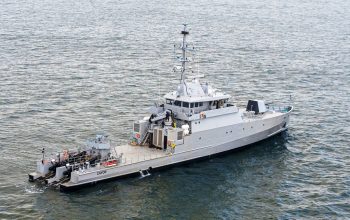Northrop Grumman Corporation is celebrating the 15-year anniversary of the E-2D Advanced Hawkeye’s first flight that occurred on this day in 2007. U.S. The Navy’s “digital quarterback” gives the warfighter expanded battlespace awareness, especially in the area of information operations delivering battle management, theater air and missile defense, and multiple sensor fusion capabilities in an airborne system. The Northrop Grumman built Advanced Hawkeye is the cornerstone of the U.S. Navy’s theater air and missile defense architecture in the littorals, overland, and open sea. The Northrop Grumman E-2 Hawkeye is an American all-weather, carrier-capable tactical airborne early warning (AEW) aircraft. Variants of the Hawkeye have been in continuous production since 1960, giving it the longest production run of any carrier-based aircraft. The fourth major version of the Hawkeye is the E-2D, which first flew in 2007.
The E-2D Advanced Hawkeye is a game changer in how the Navy conducts battle management command and control. By serving as the “digital quarterback” to sweep ahead of strike, manage the mission, and keep our net-centric carrier battle groups out of harms way, the E-2D Advanced Hawkeye is the key to advancing the mission, no matter what it may be. The E-2D gives the warfighter expanded battlespace awareness, especially in the area of information operations delivering battle management, theater air and missile defense, and multiple sensor fusion capabilities in an airborne system. With a two-generation leap in radar sensor capability and a robust network enabled capability, the Advanced Hawkeye delivers critical, actionable data to joint forces and first responders. These advances provide warfighters with the necessary situational awareness to compress the time between initial awareness and active engagement.
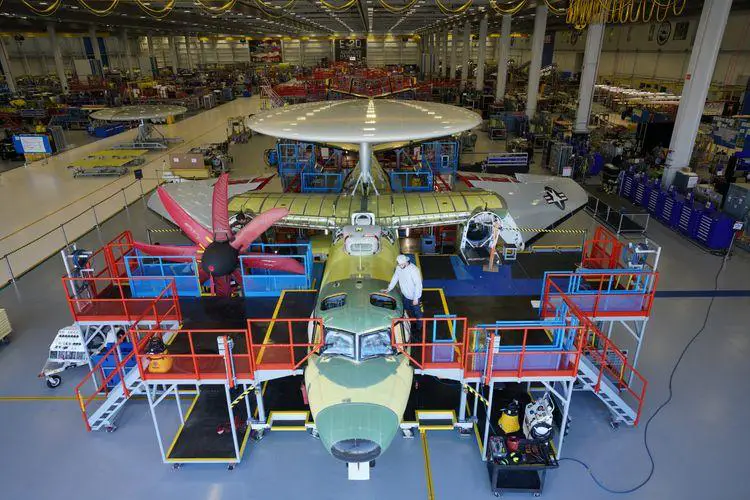
Once considered for replacement by the “Common Support Aircraft”, this concept was abandoned. The latest E-2 version is the E-2D Advanced Hawkeye, which features an entirely new avionics suite including the new AN/APY-9 radar, radio suite, mission computer, integrated satellite communications, flight management system, improved T56-A-427A engines, a glass cockpit and aerial refueling. The APY-9 radar features an active electronically scanned array (AESA), which adds electronic scanning to the mechanical rotation of the radar in its radome. The E-2D includes provisions for the copilot to act as a “Tactical 4th Operator” (T4O), who can reconfigure his main cockpit display to show radar, IFF, Link 16 (JTIDS)/CEC and access all acquired data. The E-2D’s first flight occurred on 3 August 2007. On 8 May 2009, an E-2D used its Cooperative Engagement Capability system to engage an overland cruise missile with a Standard Missile SM-6 fired from another platform in an integrated fire-control system test.
The APY-9 radar has been suspected of being capable of detecting fighter-sized stealth aircraft, which are typically optimized against high frequencies like Ka, Ku, X, C and parts of the S-bands. Small aircraft lack the size or weight allowances for all-spectrum low-observable features, leaving a vulnerability to detection by the UHF-band APY-9 radar, potentially detecting fifth-generation fighters like the Russian Sukhoi Su-57 and the Chinese Chengdu J-20 and Shenyang J-31. Historically, UHF radars had resolution and detection issues that made them ineffective for accurate targeting and fire control; Northrop Grumman and Lockheed claim that the APY-9 has solved these shortcomings in the APY-9 using advanced electronic scanning and high digital computing power via space/time adaptive processing. According to the Navy’s NIFC-CA concept, the E-2D could guide fleet weapons, such as AIM-120 AMRAAM and SM-6 missiles, onto targets beyond a launch platform’s detection range or capabilities.


